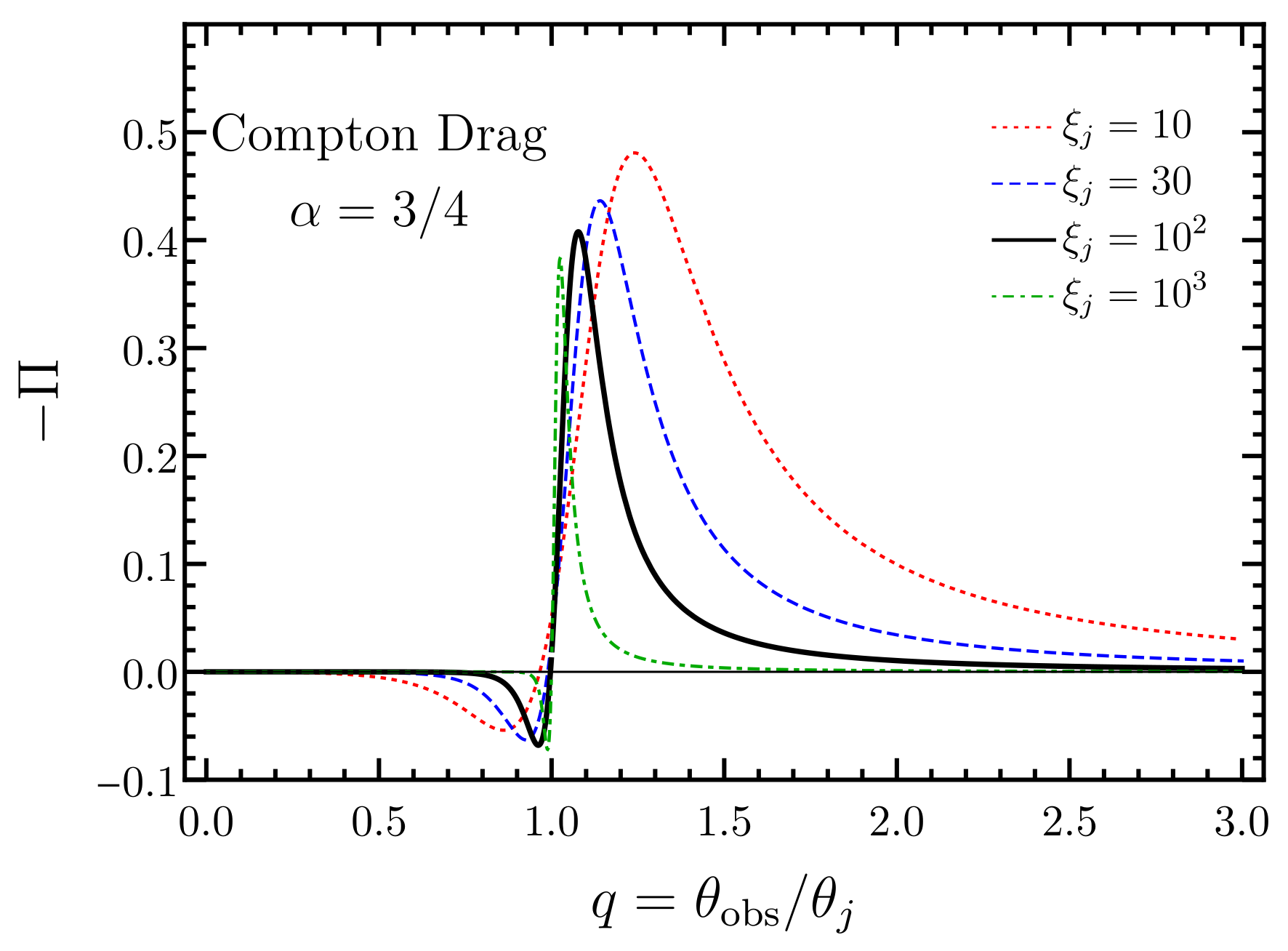

Although a persisting release of these enzymes will ultimately result in the loss of liver functional capacity, they are not parameters of function per se.

The aminotransaminase enzymes, aspartate transferase (AST) and alanine transferase (ALT), are markers of liver damage and correlate with the extent of hepatocellular necrosis. The term ‘liver function tests' to indicate a set of conventional plasma parameters is confusing because they do not represent the functional components of the liver except for clotting factors which are synthesized by the liver.

Passive liver function tests include biochemical parameters and clinical grading systems. Passive Liver Function Tests Biochemical Parameters In patients with small-for-size FRL or insufficient FRL function, who are exposed to liver-augmenting techniques, we also discuss the use of these functional tests to monitor the hypertrophy response of the FRL. In this overview, we describe the current modalities available for the assessment of the FRL in patients scheduled for major hepatic resection. We usually rely on computed tomography (CT) volumetric studies for the assessment of patients requiring major liver resection however, while many of the patients referred for resection have undergone extensive chemotherapy with resulting steatotic or microvascular changes to their livers, the volume of the future remnant liver (FRL) may not correlate with the function of the FRL. Many efforts have been directed toward predicting liver functional reserve preoperatively, taking into account the extent of resection considered necessary to remove all tumor and the quality of the liver parenchyma. Resection in these patients therefore remains a challenge and requires special skills and experience on the part of the hepatobiliary surgeons and all specialties involved in the preoperative assessment. Management of PHLF is largely supportive, while these patients seldom are candidates for salvage (cadaveric) liver transplantation as the tumor burden underlying these extensive resections usually by far exceeds accepted criteria for liver replacement. The most dramatic complication after liver resection is the occurrence of posthepatectomy liver failure (PHLF) with reported mortality rates of up to 80%. This aggressive surgical approach, however, comes with substantial morbidity and a mortality higher than accepted with standard resections.

Judicious use of these modalities now offers patients with extensive tumor load, complex tumors, or highly compromised livers a chance for a curative resection. Liver-augmenting techniques such as portal vein embolization (PVE), 2-stage resection, and ALPPS (associating liver partition and portal vein ligation for staged hepatectomy) have pushed forward the frontiers of liver resection, resulting in an increase in the number of patients eligible for major liver resection. As there is no one test that can measure all the components of liver function, liver functional reserve is estimated based on a combination of clinical parameters and quantitative liver function tests. Technetium-99m ( 99mTc)-galactosyl human serum albumin scintigraphy and 99mTc-mebrofenin hepatobiliary scintigraphy potentially identify patients at risk for post-resectional liver failure who might benefit from liver-augmenting techniques. In addition, regional (segmental) differentiation allows specific functional assessment of the future remnant liver. Nuclear imaging studies have the advantage of providing simultaneous morphologic (visual) and physiologic (quantitative functional) information about the liver. Although widely used, discrepancies have been reported for the ICG clearance test in relation with clinical outcome. Dynamic quantitative tests of liver function can be based on clearance capacity tests such as the indocyanine green (ICG) clearance test. Passive liver function tests include biochemical parameters and clinical grading systems such as the Child-Pugh and MELD scores. This review deals with the modalities currently available for the measurement of liver function. Assessment of liver function is therefore crucial in the preoperative workup of patients who require extensive liver resection and in whom portal vein embolization is considered. While imaging studies such as computed tomography or magnetic resonance imaging allow the volumetric assessment of the liver segments, only indirect information is provided concerning the quality of the liver parenchyma and its actual functional capacity.


 0 kommentar(er)
0 kommentar(er)
